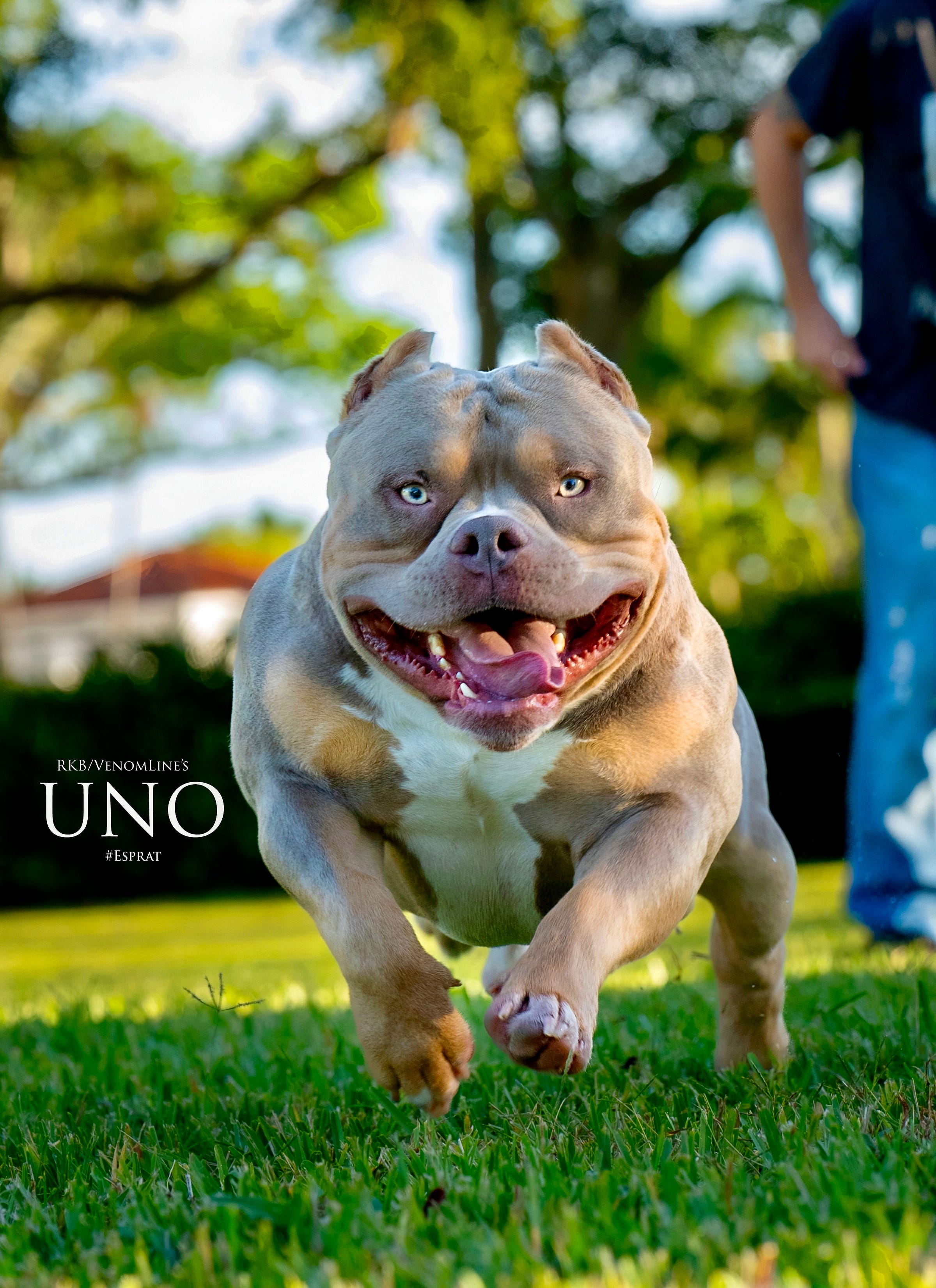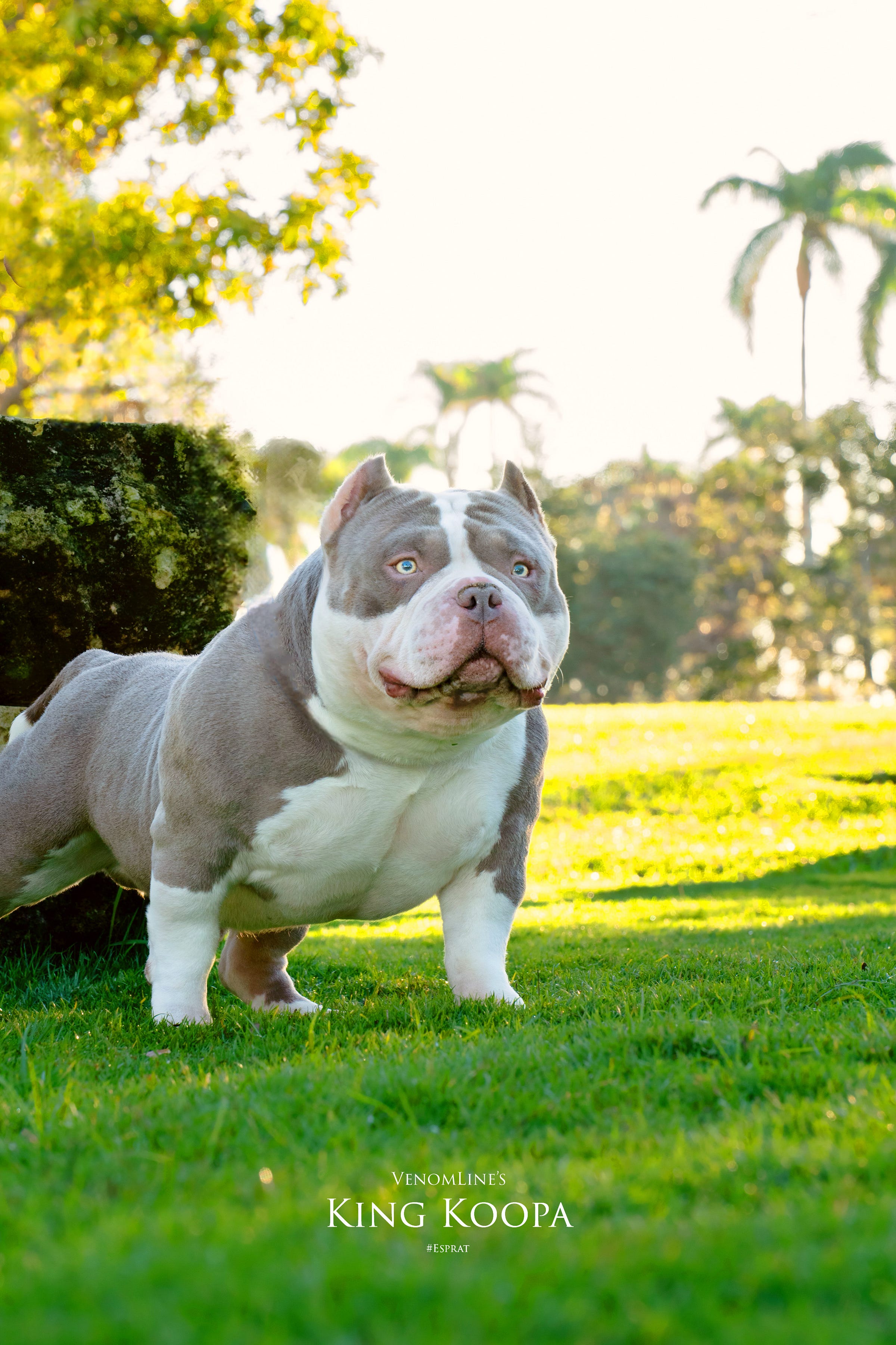10 Common Misconceptions About the Pocket Bully: Debunking the Myths

10 Common Misconceptions About the Pocket Bully: Debunking the Myths
The Pocket American Bully is a unique and lovable breed that is often misunderstood due to widespread myths and misconceptions. From temperament to exercise requirements, erroneous perceptions about these dogs can mislead potential owners. This article debunks 10 common misconceptions about the Pocket American Bully and presents factual insights into their true nature, ensuring readers are well-informed about this remarkable companion.

Misconception 1: Pocket American Bullies Are Aggressive and Dangerous
Despite their muscular build and intimidating appearance, Pocket American Bullies are renowned for their friendly and affectionate nature. Developed as companion dogs, they tend to be gentle and loyal with families. Instances of aggression typically stem from poor or inconsistent training, neglect, or mistreatment rather than inherent breed traits. For more on training techniques, visit our article on Training Your American Bully.
Misconception 2: They Are the Same as Pit Bulls
While the Pocket American Bully shares some ancestry with the American Pit Bull Terrier, it is a distinct breed developed over time. Through strategic crossbreeding with American Pitbull Terrier with Bulldog breeds among others, a new breed emerged — renowned for its stable, companionable temperament and distinctive physical attributes. Their appearance may echo their pit bull lineage, but their overall temperament and build are distinct. For a deeper understanding of breed differences, check out the American Kennel Club.
See: History Of The American Pit Bull Terrier & The Evolution Of The American Bully
Misconception 3: Pocket Bullies Are Unhealthy Due to Their Size
Although pocket bullies are bred with a smaller frame and a compact, muscular build, this does not predispose them to inherent health issues. Like all breeds, they may be susceptible to conditions such as hip dysplasia, skin allergies, brachycephalic airway syndrome, enlarged heart or elongated soft palate. These issues, along with structural defects, deformities and dogs that struggle to walk — are much more prevalent in the exotic bully and micro bully communities, often confused with the pocket bully.
However, responsible breeding, routine veterinary care, and preventative measures play a crucial role in maintaining their overall health. Refer to the American Veterinary Medical Association for more information on breed health.

Misconception 4: They Require Minimal Exercise
Contrary to the belief that a smaller stature limits energy, the Pocket American Bully is an active breed. They love regular exercise, including daily walks, interactive play, fetch and mental challenges. Adequate physical and mental stimulation is essential not only to their health but also to prevent boredom and potential behavioral issues. Remember, a tired dog is a good dog! Just be careful not to overdo it in the heat.
For exercise tips, see our guide on Dog Exercise Essentials.
Misconception 5: They Are Difficult to Train
Pocket Bullies respond very well to training methods that use positive reinforcement. Known for their intelligence and desire to please, they thrive on consistency in training, early socialization, and reward-based methods. Their trainability makes them excellent candidates for various obedience skills and even advanced behavioral training. For more training resources, visit The Association of Professional Dog Trainers.
Misconception 6: They Are Too Small to Be Effective Guard Dogs
Although smaller than other American Bully types, the Pocket Bully has innate protective instincts. Their alertness, coupled with loyalty to their family, makes them competent watchdogs capable of warning their owners of potential threats while still being affectionate companions.

Misconception 7: They Are High-Maintenance in Terms of Grooming
Pocket American Bullies possess short, smooth coats that require only minimal grooming efforts. Regular brushing, occasional baths, and periodic nail trimming are enough to maintain their appearance. The breed’s grooming needs are on par with many common medium-sized dogs and do not necessitate excessive effort. For grooming tips, check out our article on Dog Grooming Basics.
Misconception 8: They Are Too Fragile Due to Their Compact Size
Despite their petite stature, Pocket American Bullies are robust dogs with a strong, muscular structure. They are built to handle energetic play and other physical activities. Although supervision is essential in multi-pet households or when children are involved, they do not display the fragility some might assume from their size.
Misconception 9: They Are Expensive to Care For
Acquiring a Pocket American Bully from reputable breeders might indeed incur high initial costs. However, the ongoing care expenses — comprising proper nutrition, routine veterinary check-ups, and standard exercise — are similar to those of other medium-sized, healthy canines. Their minimal grooming and care needs often help in balancing overall cost.

Misconception 10: They Are Not Good With Other Pets
With appropriate early socialization and training, Pocket Bullies generally get along well with other pets. Their friendly demeanor and adaptable nature allow them to coexist peacefully with other dogs and even cats, provided introductions and interactions are handled consistently and carefully.

Conclusion
Dispelling these 10 common misconceptions reveals that the Pocket American Bully is an affectionate and loyal breed, ideal for various living situations. Their true temperament — characterized by friendliness, trainability, adaptability & empathetic nature makes this breed capable of forming intense bonds with owners — making them outstanding companions when trained and cared for properly. Prospective owners should not be swayed by myths but instead evaluate the breed based on its genuine qualities.

Comments
0 Comments